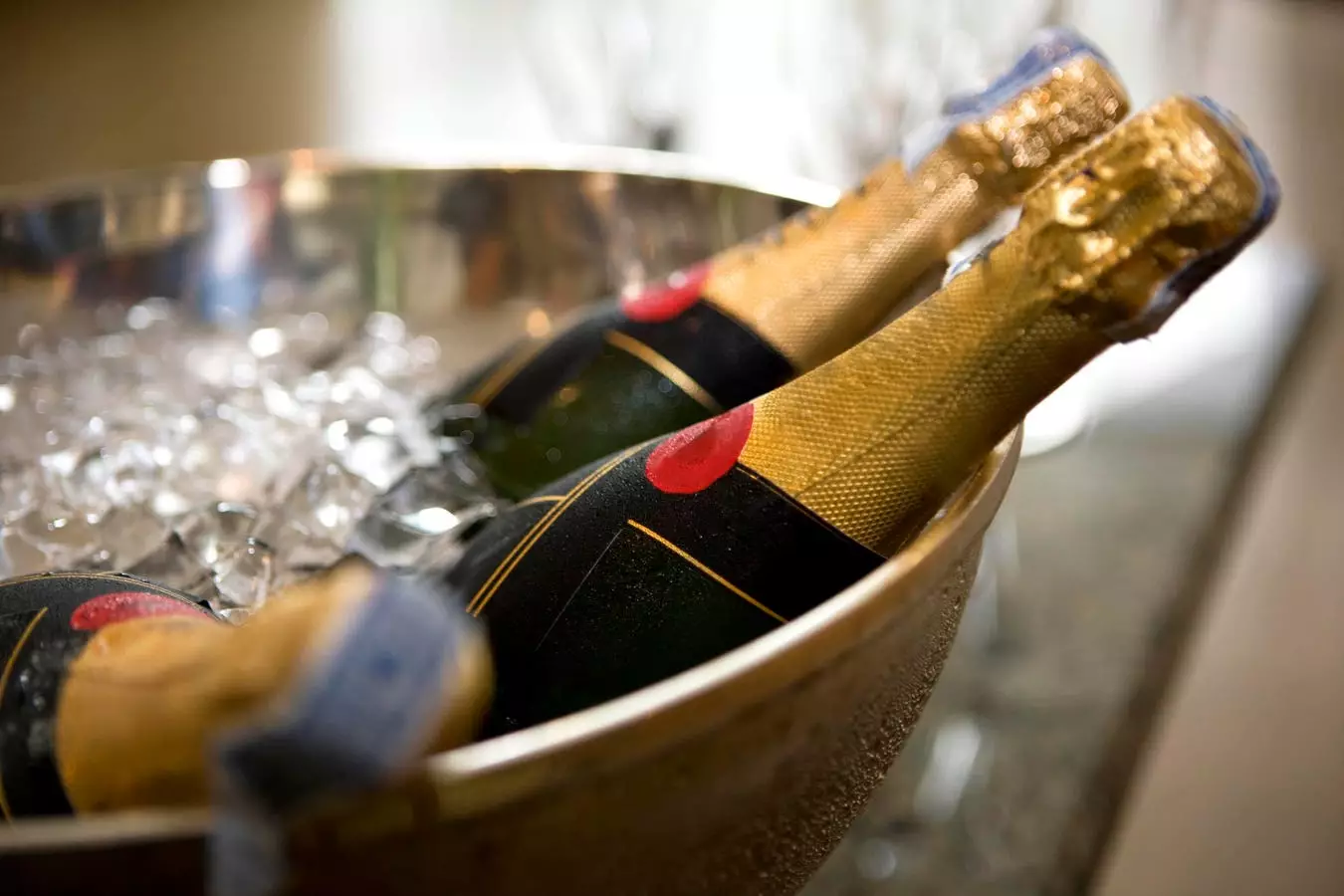When it comes to enjoying a glass of wine, the temperature at which it is served plays a crucial role in enhancing the overall tasting experience. Different types of wines have varying chemical compositions, which can be either muted or accentuated based on the temperature at which they are chilled. White wines derive their backbone from acidity, while the structure of red wines comes from tannins. Dessert wines contain varying amounts of residual sugar, and sparkling wines hold CO2. Moreover, all wines have different alcohol content levels, which further influences how they should be chilled to bring out their best flavors.
Traditionally, it was believed that red wines should be served at room temperature. However, this advice is outdated, as room temperature can vary significantly. Lighter-bodied red wines with higher acidity, such as Loire Valley Cabernet Franc, benefit from being chilled to lower temperatures ranging from 50F to 65F. On the other hand, fuller-bodied, tannic wines like Bordeaux and Napa Cabernet are best enjoyed slightly warmer, with around 45 minutes of chilling in the fridge. Port wines, for example, should be served at a temperature between 60F and 65F. Finding the right balance in chilling red wines is essential, as serving them too cold can dull their flavors, while serving them too warm can make them taste flabby and overly alcoholic.
Whites wines, rosés, and sparkling wines all benefit from being chilled to bring out their delicate aromas and flavors. Fuller-bodied white wines like Chardonnay from Burgundy and California shine between 50F and 60F. Dessert wines like Sauternes fall into the same temperature range for optimal enjoyment. Lighter, fruitier white wines are best served colder, between 45F and 50F, including popular varieties like Pinot Grigio and Sauvignon Blanc. Sparkling wines, such as Champagne, should be chilled to 40F to 50F to retain the CO2 bubbles, which dissolve better in colder liquids. Vintage and prestige cuvée Champagnes can be served at slightly higher temperatures due to their complexity and weight, while more basic Proseccos are best enjoyed at cooler temperatures.
Planning ahead can make a significant difference in how well you enjoy your wine. By sticking your chosen bottle in the fridge a few hours before serving, you can ensure that it reaches the ideal temperature for tasting. For whites, an hour out of the fridge before dinner is recommended, while reds may need up to two hours to reach the perfect temperature.
While it may be tempting to speed up the chilling process by using the freezer, this method can be risky. When wine freezes, the water content expands, potentially pushing out the cork or even cracking the bottle. This can lead to oxidation, which impacts the wine’s quality. If you must use the freezer, set a timer to prevent any icy explosions and potential messes.
If you find yourself in need of rapidly chilling a bottle of wine, there are a few tricks you can try. One method involves creating an icy salt bath by adding salt to ice water, which lowers the freezing point and allows for faster cooling. Alternatively, pouring wine into a Ziplock bag and placing it in an ice bath can also expedite the chilling process. However, if you’re in such a rush that you would resort to putting wine in a baggie, it might be time to reassess your priorities.
By understanding the importance of chilling wine to the appropriate temperatures based on the wine type, you can elevate your drinking experience and truly appreciate the nuanced flavors and aromas each bottle has to offer.

